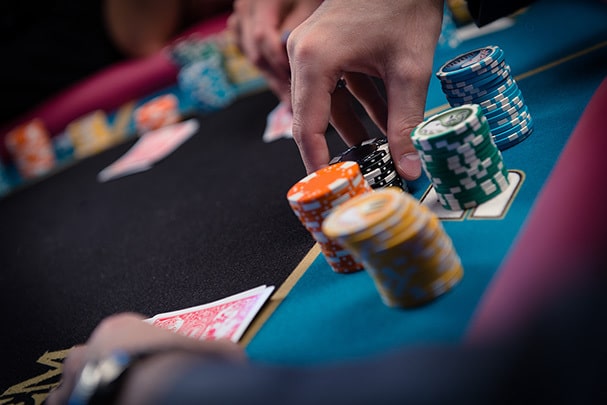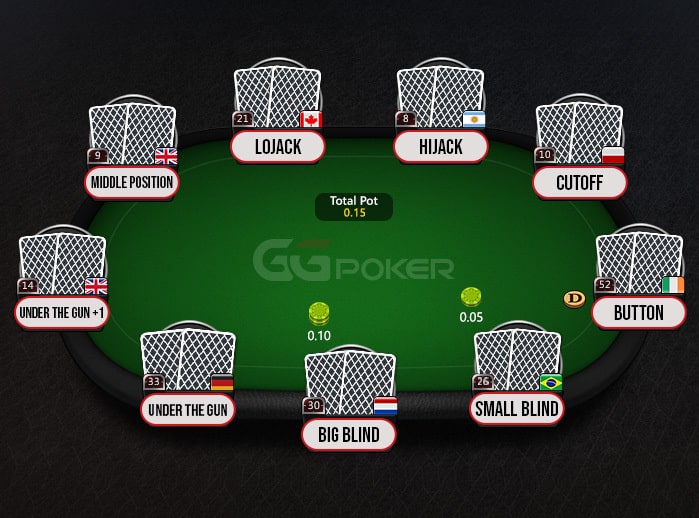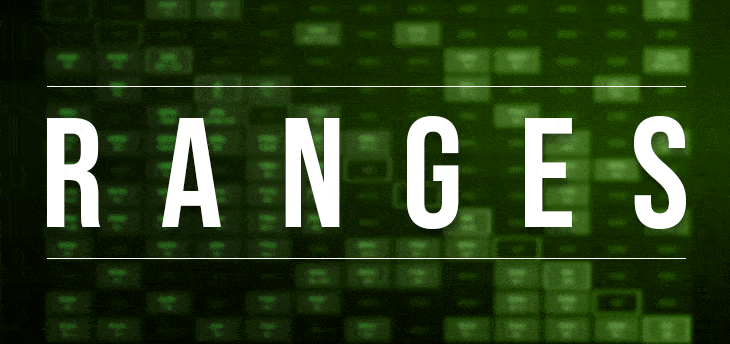The Art and Science of Poker
Have you ever wished you could peer into your opponent’s mind during a gripping game of poker? What if I told you there were techniques you could hone to almost do just that? Now, don’t rush off to sign up for a telepathy course. We’re talking about honing your poker strategy by learning advanced hand reading techniques and deciphering your opponent’s range.
The terms ‘Hand Reading Techniques’ and ‘Opponent’s Range’ are likely familiar if you’ve spent any considerable time at the poker table. But if they’re not, fret not. After all, isn’t life just a series of learning new words and then explaining them to other people at parties?
What is Hand Reading and Opponent’s Range?
Hand reading is the subtle art of deducing what cards your adversary might be holding. The opponent’s range, on the other hand – pun fully intended – is a set of potential hands your competitor could have based on their actions. When combined, these two poker strategies can powerfully influence the outcome of your game.
Have you ever seen a poker pro make a seemingly wild call or a random fold, only to discover they made the correct choice? That’s the result of their masterful hand reading techniques and a deep understanding of their opponent’s range.

Body Language and Betting Patterns
What if people came with subtitles? Wouldn’t that make understanding them easier? Unfortunately, they don’t, and neither do poker players. So, we must rely on their body language and betting patterns to decode their stories.
Consider the body language first. Whether it’s a twitch of an eye, a smirk, or the nervous tapping of fingers on the table, every small detail can shed light on what your opponent might be holding. I’m not saying you need to become Sherlock Holmes, but a little observational prowess won’t hurt, will it?
Next comes the betting pattern. You see, poker is less about the cards you hold and more about how you play them. Aggressive betting often implies a strong hand, while defensive betting can indicate a weaker one. But beware, there are tricksters who can make an ace seem like a two and vice versa!
Poker is More Than Just Luck
Hard work beats talent when talent is lazy. Poker is kind of the same. Luck might help you win a few games, but when it comes to consistently outsmarting opponents, you need a good understanding of poker mathematics. Yeah, I know, nobody said there would be math, but trust me, it’s not as scary as it sounds.
Calculating your hand odds (the likelihood of you getting the card you need) and pot odds (the ratio of the current size of the pot to the cost of a contemplated call) can significantly improve your understanding of the game.
Play the Player
Just as a novelist understands their characters to weave a compelling story, a poker player must comprehend their opponents to build a winning strategy. Paying attention to your competitor’s habits, strengths, and weaknesses can provide valuable insights into their possible hand range.
Does your opponent only raise with top-tier hands? Do they bluff often or hardly ever? Are they a risk-taker or a cautious player? The answers to these questions can help you predict their range and respond effectively.

Don’t Forget About Position
You’ve probably heard the saying, “location, location, location.” While that usually applies to real estate, it’s also true in poker. Your position at the table relative to the dealer significantly affects your strategy.
In late positions, you’ll have more information about your opponents’ moves, giving you an edge in deciphering their range. But if you’re sitting in early positions, you might have to play more conservatively due to the lack of information. Remember, knowing when to fold is as crucial as knowing when to play.
Bluffs, Semi-Bluffs, and Tells
Deception is a fundamental part of poker. Bluffing can change the entire dynamics of the game, keeping your opponents guessing. Semi-bluffing, a move where you could potentially improve your hand in later rounds, adds another layer of intrigue. But remember, others can bluff too. So, how do you uncover their deception? Enter ‘Tells’ – the unconscious habits or behaviors that can reveal a lot about a player’s hand.
Poker is a Journey, Not a Destination
Like any other skill, mastering advanced hand reading techniques and understanding your opponent’s range doesn’t happen overnight. It requires patience, practice, and a lot of playing. As you gain experience, you’ll start recognizing patterns, predict ranges more accurately, and make informed decisions.
Just remember, poker is not a game of perfect information. Despite your best guesses and calculations, uncertainty always lurks around the corner. But then again, isn’t that what makes the game so exciting and unpredictable?
In conclusion, poker is as much a game of skill as it is of chance. By learning to read your opponent’s hand and understanding their range, you can take a proactive approach to your game, strategically influence the outcome, and dramatically improve your winning odds. After all, as the legendary poker player Doyle Brunson once said, “Poker is war. People pretend it is a game.”

